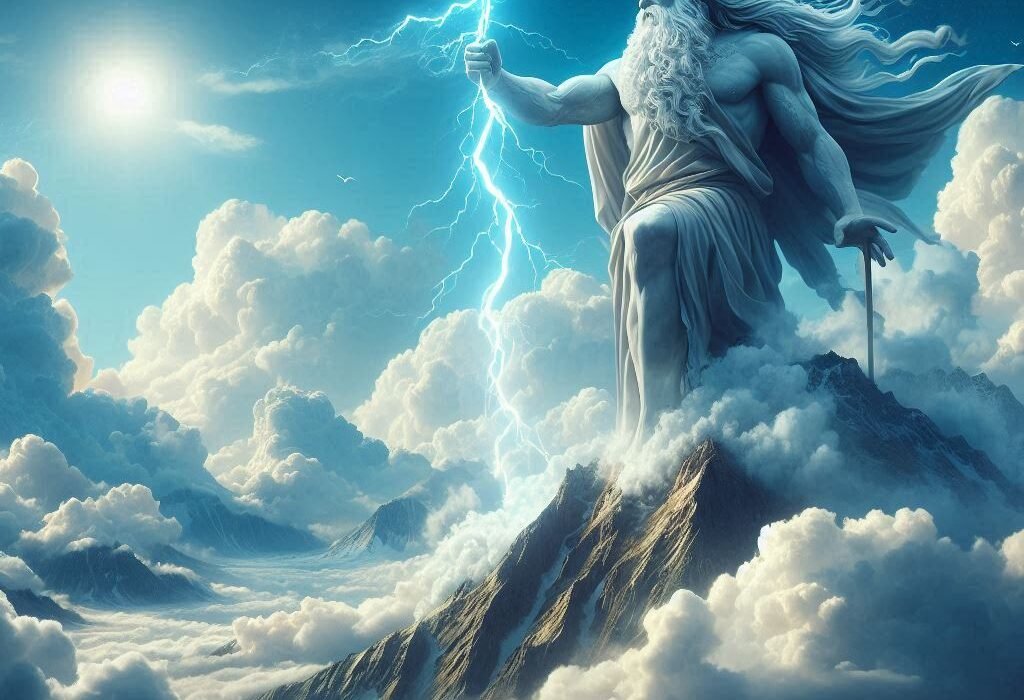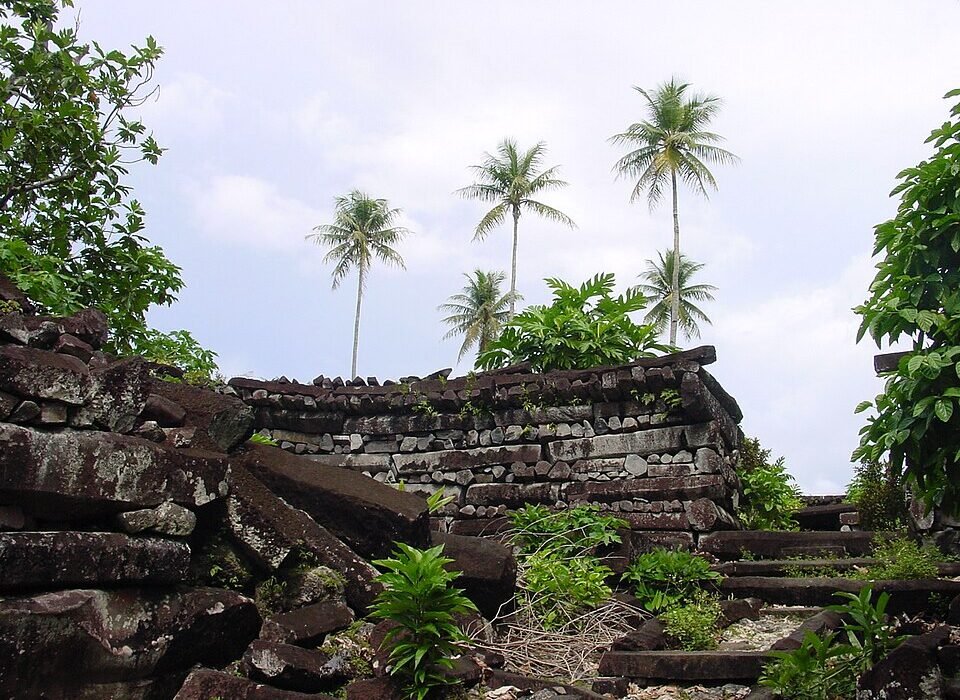Beneath the sands of deserts, beneath the jungles and oceans, and even buried under modern cities, lie the remnants of civilizations that once flourished with innovation, art, science, and power—only to disappear mysteriously. These ancient societies thrived, influenced entire regions, and then, as if swallowed by time itself, vanished without leaving behind a clear explanation.
In this article, we explore ten such lost civilizations—civilizations that shaped history but are now remembered only through ruins, whispers in myths, and fragments of stone. Their vanishing leaves behind questions that have puzzled archaeologists and historians for centuries. Who were they? Where did they go? Why did they disappear?
Let’s delve into these gripping mysteries of human history.
1. The Indus Valley Civilization: The Urban Mystery
In the fertile lands of what is now Pakistan and northwest India, one of the earliest and most advanced civilizations of the ancient world thrived over 4,000 years ago. The Indus Valley Civilization—centered around cities like Mohenjo-daro and Harappa—astonished modern archaeologists with its sophistication.
They built complex drainage systems, baked-brick houses, standardized weights and measures, and had impressive city planning. Yet, they left behind no deciphered writing system. Unlike other ancient civilizations, we don’t know the names of their rulers or their deities.
Around 1900 BCE, this urban civilization began to decline. Cities were gradually abandoned. Was it climate change? River shifts? Invasion? Disease? There are no conclusive answers. The people of the Indus Valley faded into the mists of time, leaving their elegant cities to crumble.
2. The Nabateans: Builders of Petra
The Nabateans were Arab nomads who rose to wealth and power by controlling the trade routes across Arabia, especially those of frankincense and myrrh. Their crowning jewel was Petra—a city literally carved into rose-red cliffs of southern Jordan.
Petra dazzles modern visitors with its architectural beauty and ingenuity. The Nabateans mastered water engineering in a desert, channeling rainfall through tunnels and cisterns to support tens of thousands of inhabitants.
But by the second century CE, Petra’s influence waned. After the Romans annexed the Nabatean kingdom and redirected trade routes, Petra fell into decline. Earthquakes further devastated the region. By the seventh century, it was virtually abandoned, its creators absorbed into other cultures. Today, Petra stands as a haunting testament to a people whose language and legacy are barely remembered.
3. The Olmecs: Mysterious Mesoamerican Pioneers
Long before the Maya and Aztecs, the Olmecs flourished along the Gulf Coast of Mexico from around 1500 to 400 BCE. They’re often considered the “mother culture” of Mesoamerica.
We know them through colossal stone heads—some weighing up to 40 tons—and the remains of ceremonial centers like San Lorenzo and La Venta. They had complex religious iconography, engaged in long-distance trade, and may have developed the first writing system in the Americas.
Then, they disappeared. Their cities were abandoned, their culture ceased, and no clear reason explains it. Later civilizations inherited and built upon Olmec achievements, but the Olmecs themselves vanished, leaving scholars to piece together their story from stone and speculation.
4. The Ancestral Puebloans: Vanished from the Cliffs
In the arid American Southwest, the Ancestral Puebloans—formerly called the Anasazi—constructed dramatic cliff dwellings and multistory stone complexes. Chaco Canyon and Mesa Verde are some of their most famous sites.
From 900 to 1300 CE, their culture flourished with advanced agriculture, astronomy, and trade. Yet by the end of the 13th century, these communities were abruptly abandoned.
Why did they leave? Theories abound: severe droughts, resource depletion, social upheaval, or conflict. What remains are silent cities embedded in stone, abandoned mid-life. The descendants of the Ancestral Puebloans—modern Hopi, Zuni, and other Pueblo peoples—carry some of their legacy, but the suddenness of the abandonment continues to intrigue.
5. The Kingdom of Aksum: Ethiopia’s Lost Empire
Once counted among the great civilizations of the ancient world, the Kingdom of Aksum in northern Ethiopia was a powerful trading empire. Between the 1st and 7th centuries CE, Aksum controlled trade routes between Africa, Arabia, and India.
Its achievements were impressive: giant stelae carved from single stones, a written language (Ge’ez), and early adoption of Christianity. Aksum minted its own coins and was known to Greek and Roman writers.
But by the 8th century, Aksum had declined. Some suggest Islamic expansion disrupted its trade routes; others cite environmental degradation. Eventually, Aksum’s heartland was abandoned and swallowed by forest. Its exact decline remains a historical enigma, and the ruins of its stone obelisks still rise silently above the landscape.
6. The Cucuteni–Trypillia Culture: The Giant Settlements of Old Europe
Long before the Roman Empire or even Ancient Greece, a remarkable culture thrived in parts of present-day Ukraine, Moldova, and Romania between 5500 and 2750 BCE.
The Cucuteni–Trypillia people built massive settlements—some housing over 15,000 people—unheard of for Neolithic societies. Their pottery was exquisitely decorated, and their cities were carefully laid out in concentric circles.
Yet, around 2750 BCE, this sophisticated society disappeared. No evidence of invasion or war has been found. Some believe climate shifts or soil depletion drove them to abandon agriculture. Others theorize that Indo-European migrations played a role. Whatever the cause, their towns were burned and their culture vanished, leaving behind only pottery shards and ruins in dark soil.
7. The Hittites: Masters of Iron Lost in Time
The Hittites were once a superpower of the ancient world, rivaling Egypt, Assyria, and Babylon. From their capital at Hattusa in modern-day Turkey, they ruled a vast empire in the second millennium BCE.
They were pioneers in ironworking, legal codes, and diplomacy. The Hittites signed one of history’s earliest peace treaties—the Treaty of Kadesh—with Ramses II of Egypt.
But around 1200 BCE, the Hittite Empire collapsed during the mysterious Bronze Age collapse, a period when many ancient civilizations suddenly crumbled. The capital was destroyed, records ceased, and the Hittite language was forgotten for millennia until rediscovered in 20th-century archaeological digs.
Today, only scholars remember the Hittites’ former glory, unearthed from ruins and clay tablets.
8. The Mycenaeans: The Heroes Before Homer
The Mycenaeans are best known as the heroes of Greek myth—the supposed conquerors of Troy, the ancestors of Agamemnon, Achilles, and Odysseus. But they were also real people, ruling Greece from around 1600 to 1100 BCE.
Their palaces were grand, filled with treasures and Linear B tablets. They traded across the Mediterranean and inspired the later Greek city-states.
Then, like the Hittites, they disappeared in the Bronze Age collapse. Their cities were burned, writing forgotten, and Greece entered a “Dark Age.” Why? Earthquakes? Sea Peoples? Internal strife? Theories abound, but the fall of the Mycenaeans remains one of antiquity’s great riddles.
By the time Homer composed the Iliad, Mycenaean civilization was already a distant memory—its ruins overgrown, its people forgotten.
9. The Khmer Empire: The Jungle’s Silent Empire
The Khmer Empire ruled much of Southeast Asia from the 9th to the 15th century CE. Its heart was Angkor, the largest pre-industrial city in the world, with a population that may have exceeded one million.
Angkor Wat, a sprawling temple complex, stands as the most famous legacy of the Khmers. They built massive reservoirs, canals, and roads—an engineering marvel amid the Cambodian jungle.
But by the 15th century, Angkor was abandoned. Jungle reclaimed the city. Some suggest climate change led to severe droughts, others point to invasions by Thai kingdoms, or internal collapse. The empire’s decline was slow, but its sudden abandonment of Angkor remains mysterious.
Today, the jungle whispers the secrets of an empire that once stood at the pinnacle of Southeast Asian power.
10. The Rapa Nui of Easter Island: The Statues’ Silent Witnesses
Easter Island, or Rapa Nui, is one of the most remote inhabited places on Earth. Its Polynesian settlers arrived around 1200 CE and constructed over 800 moai—giant stone statues with elongated heads and solemn expressions.
These massive sculptures were hauled across the island without metal tools or wheels, a feat still debated today. The society that built them developed a complex culture, including the enigmatic Rongorongo script—one of the few undeciphered writing systems.
But by the time Europeans arrived in the 18th century, the society had collapsed. The island was deforested, the moai toppled, and the population reduced by famine, conflict, and later, disease and slavery.
What caused the collapse? Ecological overreach? Civil war? External contact? The Rapa Nui people still live on, but their ancient civilization—the one that built the moai and wrote on wood—vanished mysteriously.
Echoes of the Vanished: What We Can Learn
These lost civilizations are not just relics of the past. They’re reminders—of the fragility of greatness, of nature’s power, of humanity’s impermanence. They leave behind puzzles that captivate modern minds, calling archaeologists, historians, and adventurers to uncover their truths.
Some vanished through war or disaster, others faded through time, absorbed into new cultures or erased by catastrophe. But all tell the same haunting tale: that even the mightiest empires can fall, and even the most brilliant cultures can disappear.
Their stories, buried in stone and soil, are echoes of human potential—and human vulnerability.






